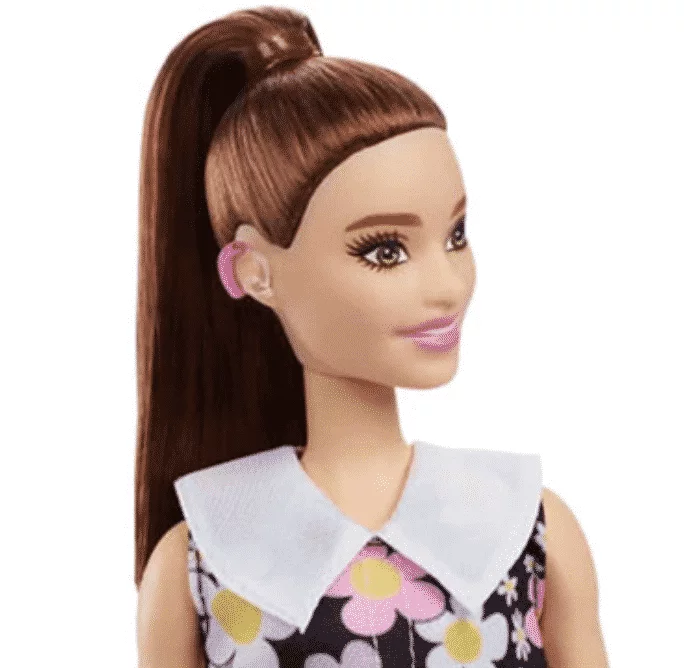By Ishita Srivastava, Daily O
Barbie has been an icon and inspiration for women across the world. Since its creation in 1959, Barbie has evolved from being only a doll for young girls to a global symbol of ‘anything is possible’.
The doll, however, has a long history of lacking inclusivity, in terms of race and body shape. Celebrities like Kim Kardashian and Lizzo have made the non-Barbie body type ‘stylish’ and as social media is evolving to become a safe space for all body types and races, Barbie has begun making changes of its own.
Here are 5 groundbreaking Barbie dolls that promote body acceptance and racial diversity:
1. HEARING AID BARBIE
On May 11, Barbie’s latest Fashionistas line was announced and it was a reason for joy for many consumers with hearing disabilities. The new collection, for the first time, features a Barbie doll with behind-the-ear hearing aids.
The new line also features a doll with a prosthetic leg and a Ken doll with vitiligo.
Mattel’s Barbie team collaborated with expert and hearing loss advocate Dr Jen Richardson in order to accurately represent the doll.
“I’m honoured to have worked with Barbie to create an accurate reflection of a doll with behind-the-ear hearing aids. As an educational audiologist with over 18 years of experience working in hearing loss advocacy, it’s inspiring to see those who experience hearing loss reflected in a doll,” said Dr Richardson.
While in 2020, Mattel did release a Barbie doll with vitiligo, this is the first time a Ken doll has been released with the skin disease. (Read more about vitiligo Barbie here: 11 fancy Barbie dolls we wish we had in the 90s. Just like the Queen Elizabeth one)
2. DISABLED BARBIE
Barbie’s 2019 Fashionistas line marked the first time Mattel released Barbie dolls with physical disabilities. Available to buy since June 2019, the new line featured a Barbie doll with a prosthetic leg and another doll with a wheelchair.
Similar to Mattel’s collaboration with Dr Richardson to create a Barbie doll with hearing aids, Mattel joined hands with 13-year-old disability activist who was born without a left forearm, Jordan Reeves in 2019 to create the Barbie doll with a prosthetic leg.
Mattel also worked with the UCLA Mattel Children’s Hospital and wheelchair experts to design the Barbie doll with a wheelchair.
Not only the physically disabled Barbie dolls, Mattel also introduced a Barbie DreamHouse compatible ramp to promote infrastructure accessibility for the physically disabled.
3. BODY POSITIVE BARBIE
Back in January 2016, Mattel announced that Barbie will now be available to buy in three new body shapes; tall, petite and curvy, marking the first time the popularly skinny doll was available in other body types.
At the time, spokeswoman Michelle Chidoni explained that the new Barbie dolls will allow “the product line to be a better reflection of what girls see in the world around them.”
4. ASIAN BARBIE
Named Oriental Barbie, Mattel’s first Asian Barbie doll was released in 1981. The collector doll was a part of Barbie’s Dolls of the World collection.
The Oriental Barbie was released in a long yellow dress with red trimmings and a red and golden-flowered jacket. Oriental Barbie described herself as from Hong Kong. Since Oriental Barbie was the first Barbie of its kind, the face sculpt came to be known as the Oriental / Miko / Kira Face Sculpt.
While Mattel did release an Asian Barbie in 1981, it was ultimately in March 2022 when the toymaker released its first Desi Barbie. To celebrate Women’s History Month, Mattel released a South Asian Barbie who was modelled after Deepica Mutyala, the founder and CEO of makeup brand Live Tinted.
Click here to read the full article on Daily O.



